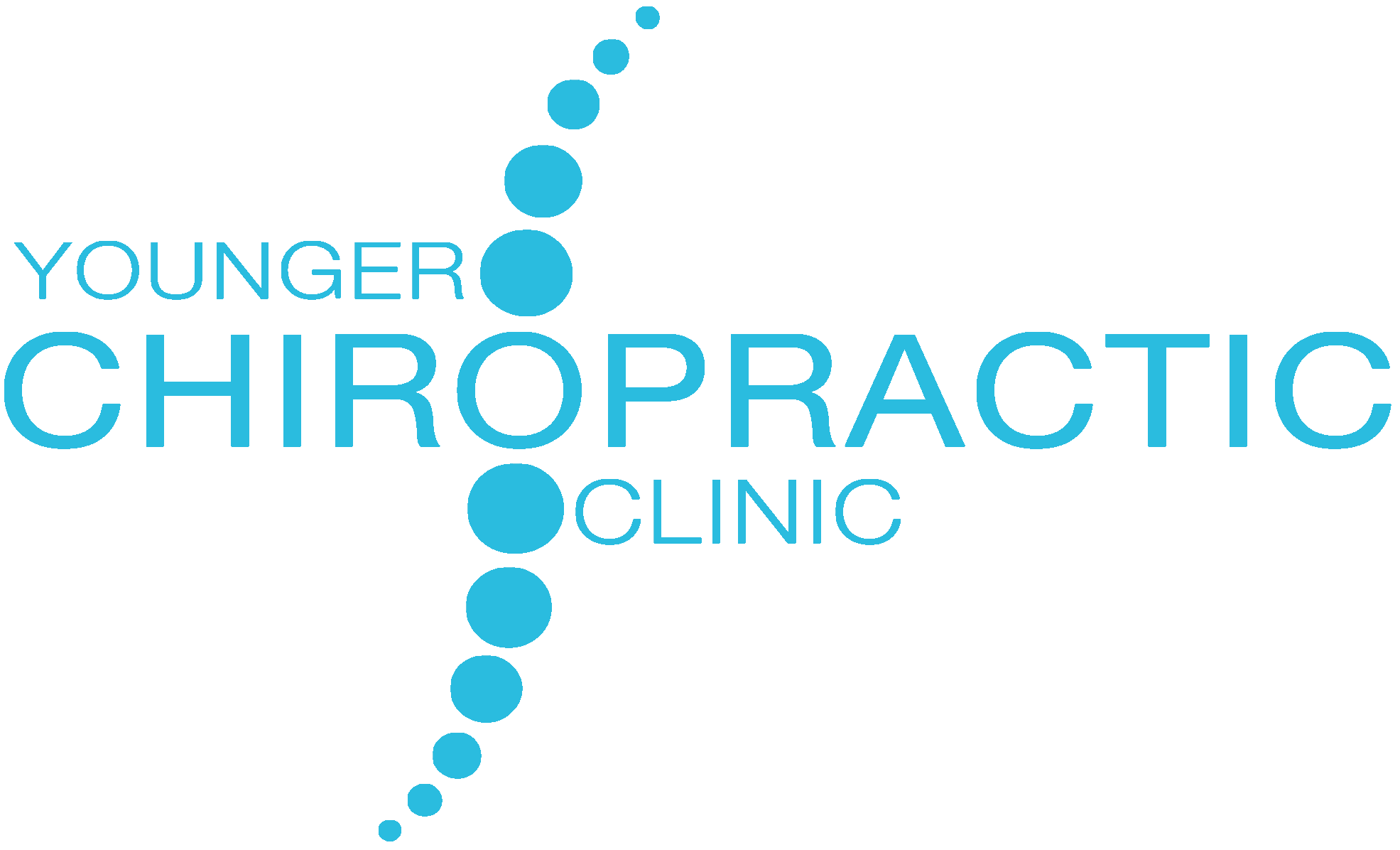The Chiropractic Clinic supports the Walk to School Campaign and would encourage all parents to leave the car at home and walk with their children to school where possible.
Here are some facts from the Walk to School Week campaign:
- The number of children travelling to school by car over the past 20 years has doubled. (Dept for Transport)
- Road traffic in Britain grew by 80% between 1980 and 2005. Car traffic makes up nearly 80% of total traffic. (Department for Transport, 2004)
- In 2006, just over half (52%) of trips to school by children aged five to 10 were made on foot and 41% were made by car. (Dept for Transport: National Travel Survey 2006). In 2009, the number of journeys made by foot had fallen by 2% (50%), with 42% made by car (National Travel Survey 2008).
- The average length of the trip to school for children aged five to ten increased from 1.3 to 1.5 miles between 1995/1997 and 2009. (Dept for Transport: National Travel Survey 2009)
- Obesity is now the second biggest cause of death after cancer. (World Health Organisation 2001)
- 4 out of 10 boys and 6 out of 10 girls do not carry out the recommended minimum of one hour a day of physical activity. (National Diet and Nutrition Survey 2000)
- Walking one mile (1.6km) can burn up at least 100 calories of energy and walking two miles (3.2km) a day, three times a week, can help reduce weight by one pound (0.5kg) every three weeks. (Department of Health)
- Short-term and even superficial exposure to natural areas through brief walks have been found to have positive effects on mood, reducing feelings of anger and anxiety. (Journal of Environmental Psychology, 2003)
- Driving the average school run for a year costs over £400. (Figure is based on approved mileage rates from the Inland Revenue)
One common question we get here at The Chiropractic Clinic from parents is ‘what type of school bag is best for my child to carry?’
Backpacks are generally the best option for children, compared to shoulder bags and messenger bags. The weight of the packs are distributed evenly across the body and the strong back and abdominal muscles support this.
The backpack should have 2 wide shoulder straps, a padded back and ideally a waist belt and multiple sections to distribute the weight more evenly. Ensure your child is not carrying unnecessary weight and heavy objects should be packed first so that they sit close to the spine.
According to a recent research report published in the Archives of Disease in Childhood which looked to investigate whether backpack weight is associated with back pain in children, 50% of children carrying heavy back packs had a higher risk of back pain.
If your child complains of back pain, headaches or limb pain bring them to The Chiropractic Clinic for a consultation with one of our fully qualified Chiropractors.
https://www.walktoschool.org.uk/
https://www.chiropractic-uk.co.uk/
https://adc.bmj.com/content/early/2012/02/24/archdischild-2011-301253.abstract
